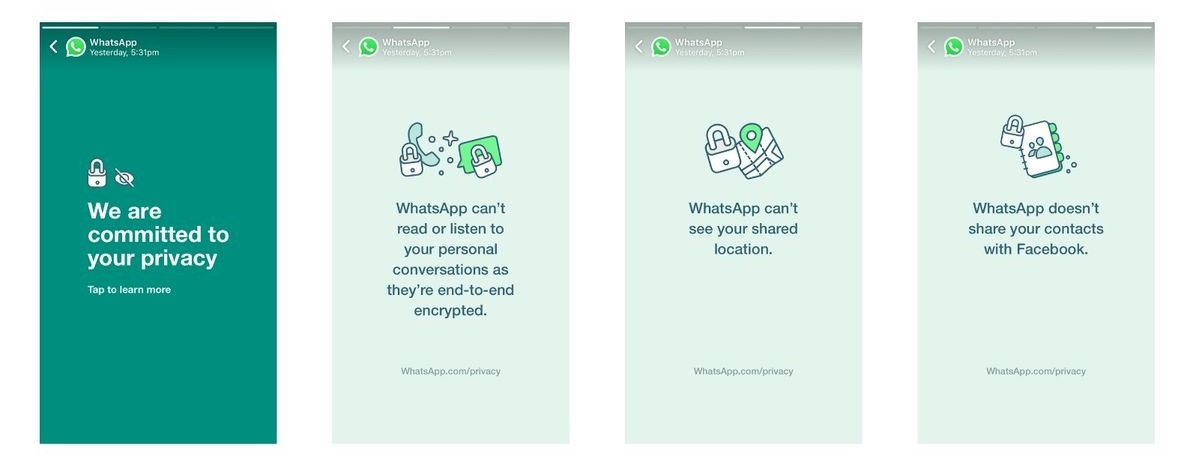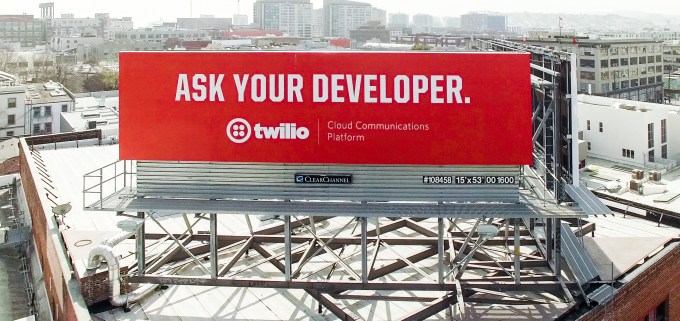Consumer hardware has always been a tough market to crack, but the COVID-19 crisis made it even harder.
TechCrunch surveyed five key investors who touch different aspects of the consumer electronics industry, based on our TechCrunch List of top VCs recommended by founders, along with other sources.
We asked these investors the same six questions, and each provided similar thoughts, but different approaches:
- Hans Tung, managing partner, GGV Capital
- Dayna Grayson, co-founder and general partner, Construct Capital
- Cyril Ebersweiler, general partner, SOSV
- Bilal Zuberi, partner, Lux Capital
- Rob Coneybeer, managing director, Shasta Ventures
Despite the pandemic, each identified bright spots in the consumer electronic world. One thing is clear, investors are generally bullish on at-home fitness startups. Multiple respondents cited Peloton, Tonal and Mirror as recent highlights in consumer electronics.
Said Shasta Venture’s Rob Coneybeer, “With all due respect to my friends at Nest (where Shasta was a Series A investor), Tonal is the most exciting consumer connected hardware company I’ve ever been involved with.”
Besides asking about the trends and opportunities they’re pursuing in 2021, the investors we spoke to also identified other investors, founders and companies who are leaders in consumer hardware and shared how they’ve reshaped their investment strategies during the pandemic. Their responses have been edited for space and clarity.
Hans Tung, GGV Capital
Which consumer hardware sector shows the most promise for explosive growth?
For consumer hardware, offering end users a differentiated experience is extremely important. Social interactions, gamification and high-quality PGC (professionally generated content) such as with Peloton, Xiaomi and Tonal is a must to drive growth. It’s also easy to see how the acceleration of the digital economy created by COVID-19 will also drive growth for hardware.
First, services improved by the speed and reliability of 5G such as live streaming, gaming, cloud computing, etc. will create opportunity for new mobile devices and global mass market consumers will continue to demand high-quality, low-cost hardware. For example, Arevo is experimenting with “hardware as a service” with a 3D printing facility in Vietnam.
For enterprise hardware, security, reliability and fast updates are key competitive advantages. Also as a result of 5G… manufacturing automation and industrial applications. Finally IoT for health and safety may find its sweet spot thanks to COVID-19 with new wearables that track sleep, fitness and overall wellness.
How did COVID-19 change consumer hardware and your investment strategy?
One opportunity for consumer hardware companies to consider as a result of COVID-19 is how they engage with their customers. They should think of themselves more like e-commerce companies, where user experience, ongoing engagement with the consumer and iteration based on market feedback rule the day. While Peloton had this approach well before COVID, it has built a $46 billion company thinking about their products in this way.
For example, some consumers felt the bike was too expensive so instead of responding with a low-end product, the company partnered with Affirm to make their hardware more affordable with pay-as-you-go plans. A Peloton bike is not a one-and-done purchase; there is constant interaction between users, and the company that drives more satisfaction in the hardware adds more value in the business.
Entering 2021, in what way is hardware still hard?
Hardware is still hard because it takes more to iterate fast. The outcome for competitors relative to speed-to-market can be dramatic. For example, every year I look at future generation of EVs with lots of innovations and cool features from existing OEMs but see very few of these making it to market compared to Tesla and other pure players that are cranking out vehicles. Their speed of execution is impressive.
Who are some leaders in consumer hardware — founders, companies, investors?
- John Foley, founder and CEO of Peloton. John and the Peloton team have cracked the code on the integration of community experience and hardware.
- Sonny Vu, founder of Misfit and founder/CEO of Arevo, maker of ultrastrong, lightweight continuous carbon fiber products on demand. Experienced founder and team with 3D printing manufacturing know-how at scale are now able to offer breakthrough consumer and industrial products at competitive prices.
- Manu Jain, head of Xiaomi’s business in India where Xiaomi is the #1-selling smart phone. He built the Indian operation from the ground up; had zero dollar marketing budget for the first three years; and localized manufacturing for all Xiaomi phones sold in India.
- Jim Xiao, founder and CEO of Mason, a rising star who is creating “mobile infrastructure as a service.”
- Irving Fain, founder and CEO of Bowery Farming. Irving and his team are on a mission to reimagine modern farming.
Is there anything else you would like to share with TechCrunch readers?
Worry less about trends and build products that resonate with customers.
Dayna Grayson, Construct Capital

Source: Tech Crunch






